Flavio Manzoni gives Wallpaper* an exclusive insight into the new Ferrari Purosangue
The Ferrari Purosangue marks a radical departure for the Italian sports car brand, bringing four doors and everyday practicality to the fabled badge for the first time. Ferrari's chief design officer Flavio Manzoni describes the design approach
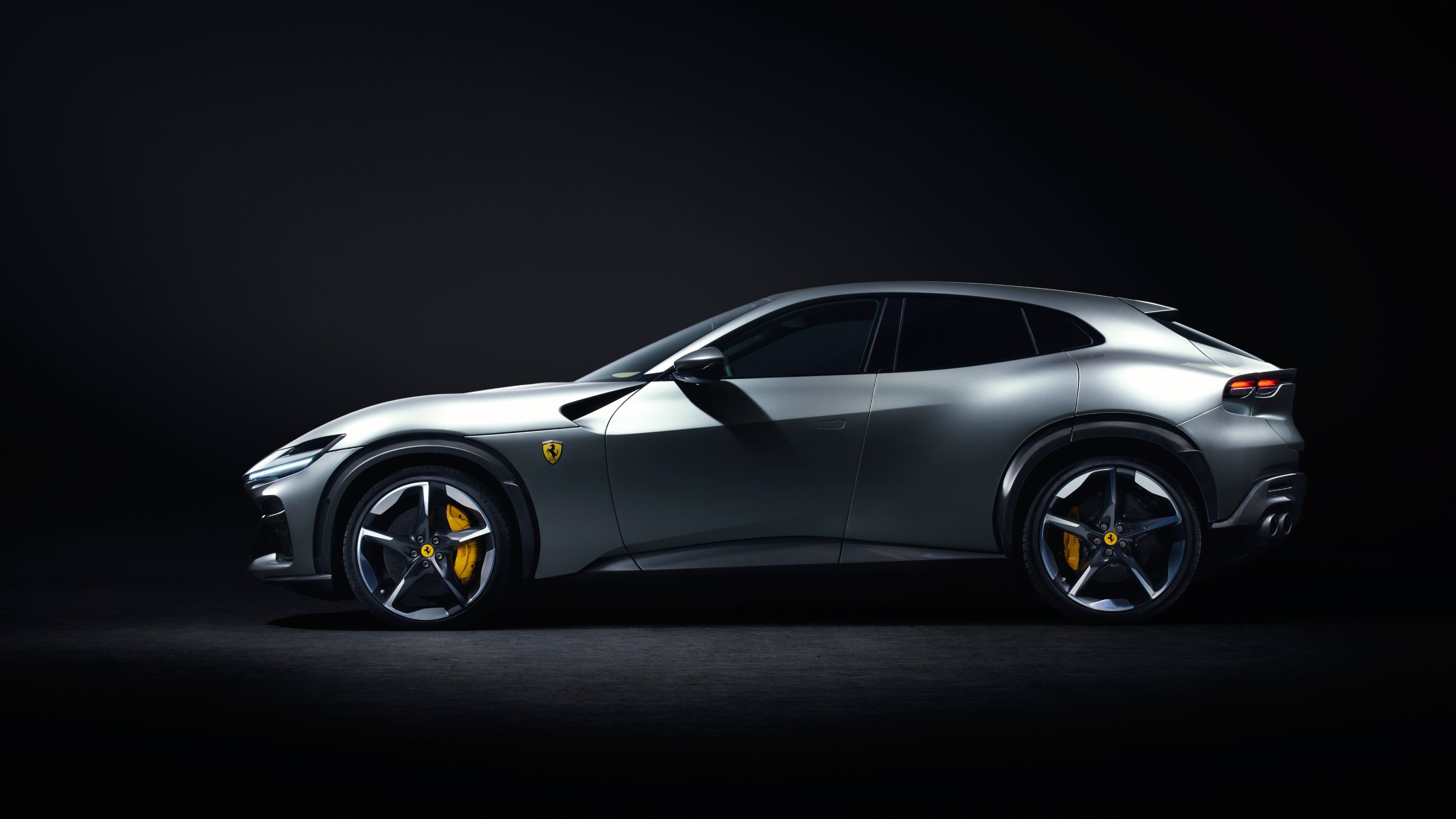
The new Ferrari Purosangue has shaken up the sports car market. A controversial late entry into the luxury SUV/crossover segment, the car marks a departure for the brand and a challenge for the man who led the team that designed it, Flavio Manzoni. We spoke to the company's design chief about the process.
Flavio Manzoni on the Ferrari Purosangue
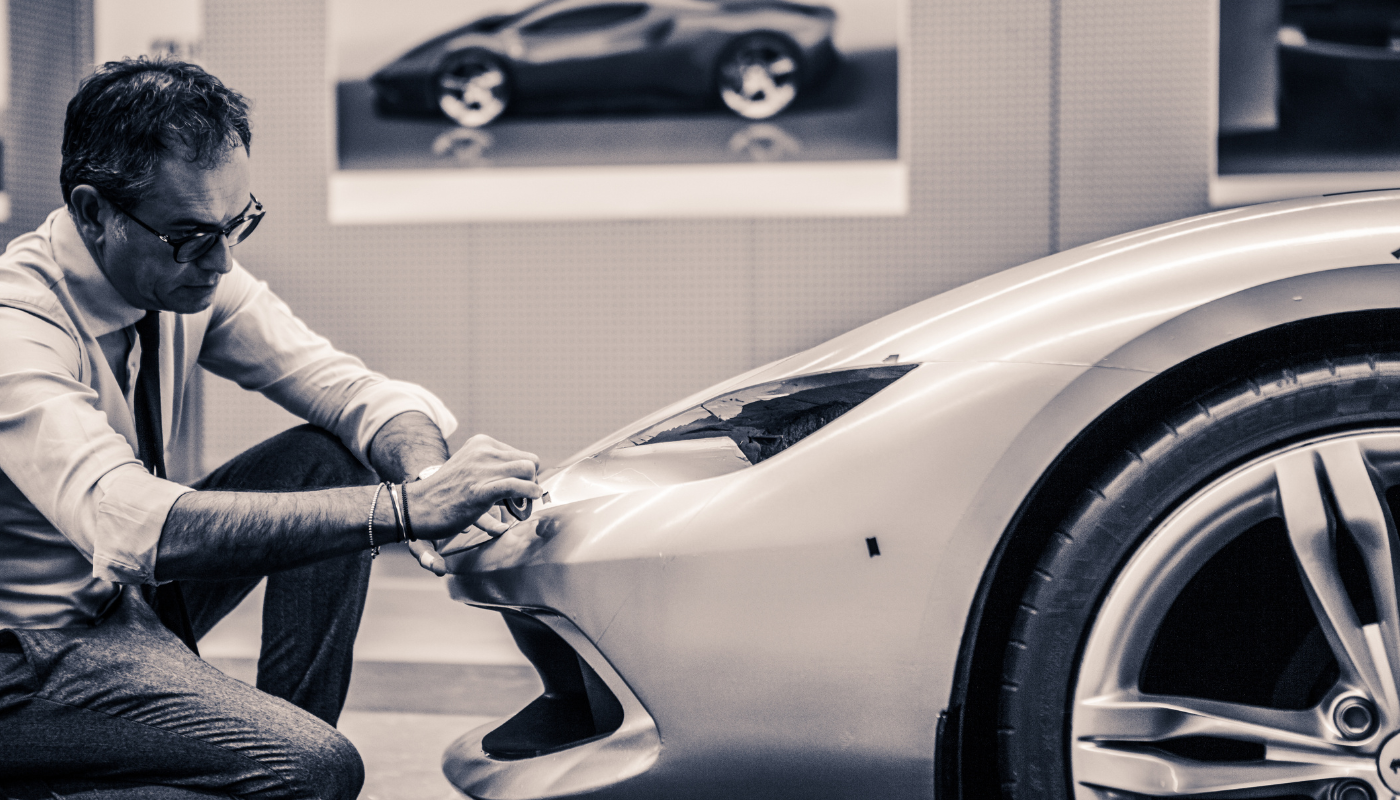
Wallpaper*: How did the design team approach the brief for the Ferrari Purosangue?
Flavio Manzoni: When we started the project, we had many discussions of how to do a Ferrari with these characteristics. It was a positive challenge – a way to express our identity in a completely new typology of car. First, we wanted to make a Ferrari, not an SUV. A Ferrari with practicality and space and a panoramic interior. Perhaps some team members were not completely convinced at the start – they thought it might break certain rules about our history. But I didn’t have any fear of making this car.
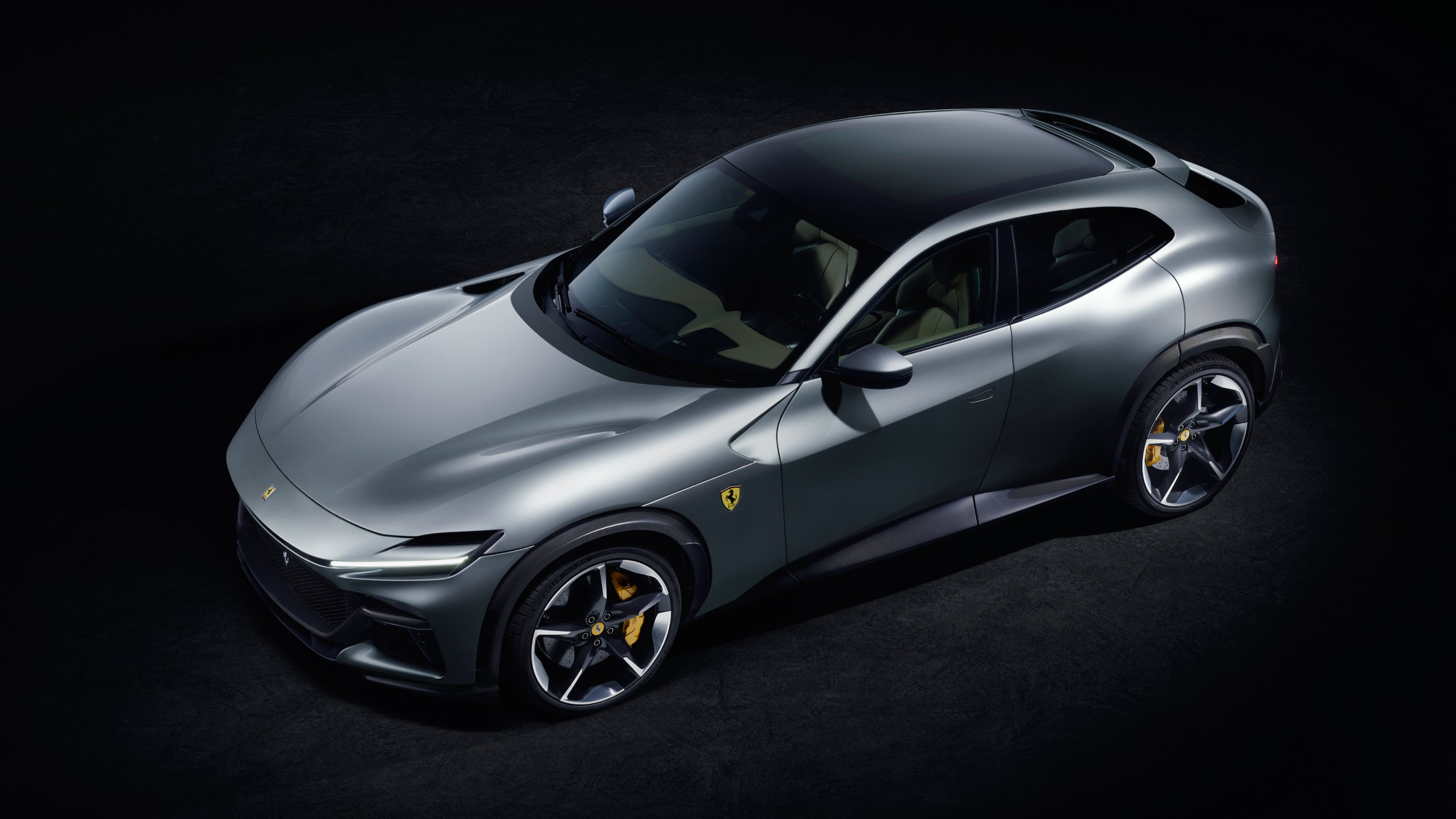
W*: Are there set rules of Ferrari design?
FM: It is the first Ferrari with four doors, although not four seats. It is not low and sleek, so there are design challenges with the proportions. Everybody – the driver and passengers – is involved in the driving experience.
W*: When did you start working on the Purosangue?
FM: It was a long process – five years of development. The start was dedicated to looking at all the variables; the complexity of such a car is much higher than many previous Ferraris.
Receive our daily digest of inspiration, escapism and design stories from around the world direct to your inbox.
W* How did function shape the car or vice versa?
FM: Function determined the form, starting with the engine size and position. You’ll see that the bonnet is not as long as on the GTC4Lusso, for example. Visual balance was extremely important – we had to balance all the elements of the car. The engine is set well back, beneath the base of the windscreen, the wheels are almost sticking out from the body, giving it an athletic and agile stance.
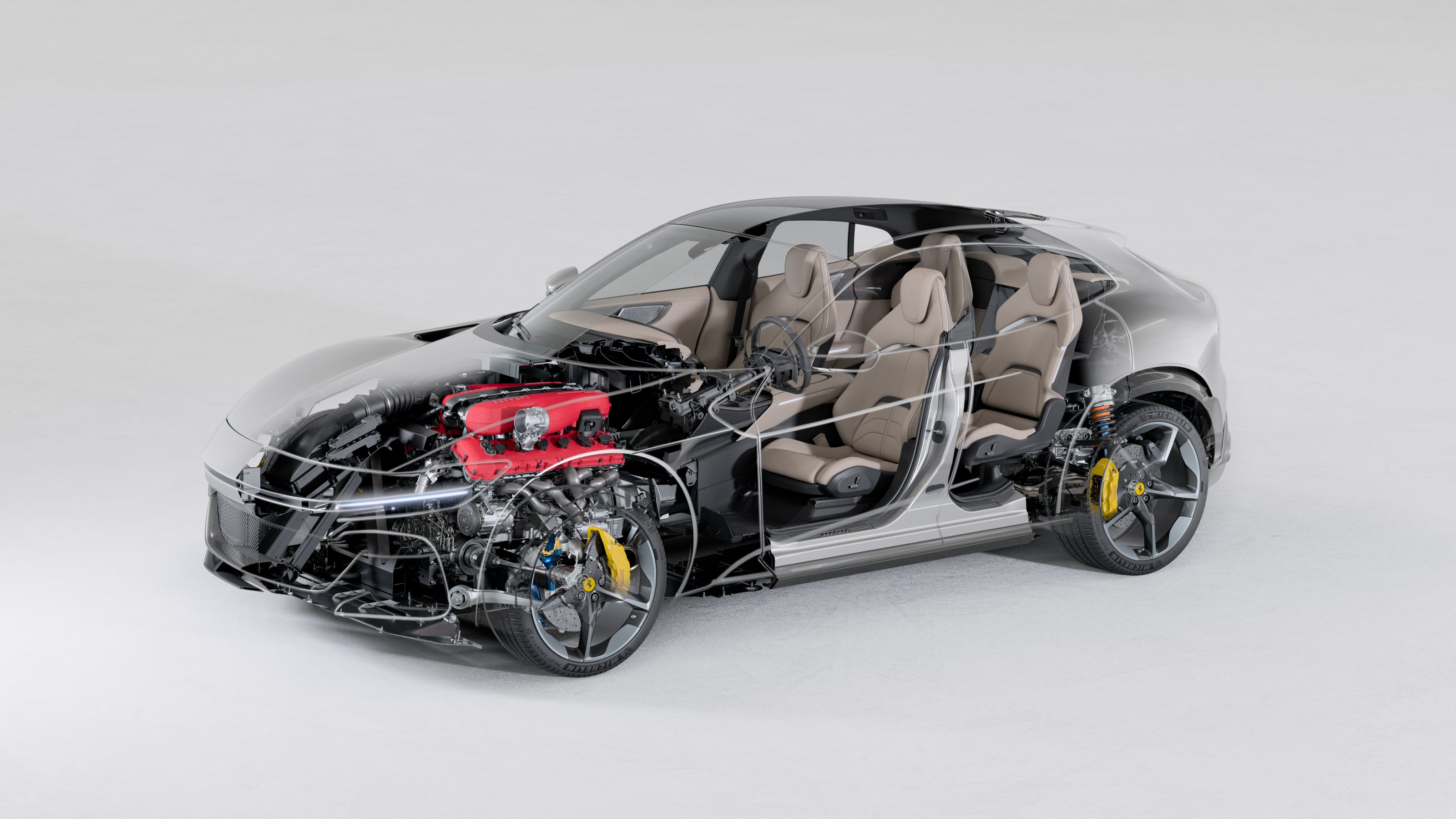
W*: What other considerations shaped the car?
FM: The impact of aerodynamics was even higher on the Purosangue than on other Ferraris, simply because it is the tallest car we have ever made. We divided the form into two parts, body and underbody. The body is treated like an aerodynamic sculpture, just like a Ferrari 296 GTB. The underbody is black and incorporates all the key aerodynamic elements, like the air bridges on the bonnet. Only Ferrari can do this – we interpret our DNA in a very artistic way.
W*: Could this platform be used for a hybrid powertrain?
FM: It’s just a matter of embracing a technology that has different perspectives and objectives. For example, with electric cars designers are talking more about drag. With ICE cars, we are more concerned with downforce.
W*: What about the interior design?
FM: Our first interior model didn’t give us as much space as we wanted. Then at one stage, we had a convincing design model that just didn’t meet the aerodynamic requirements. Ultimately, we had to converge form and function. We used software that allowed to do real-time manipulation of the exterior to explore the different interior volumes.
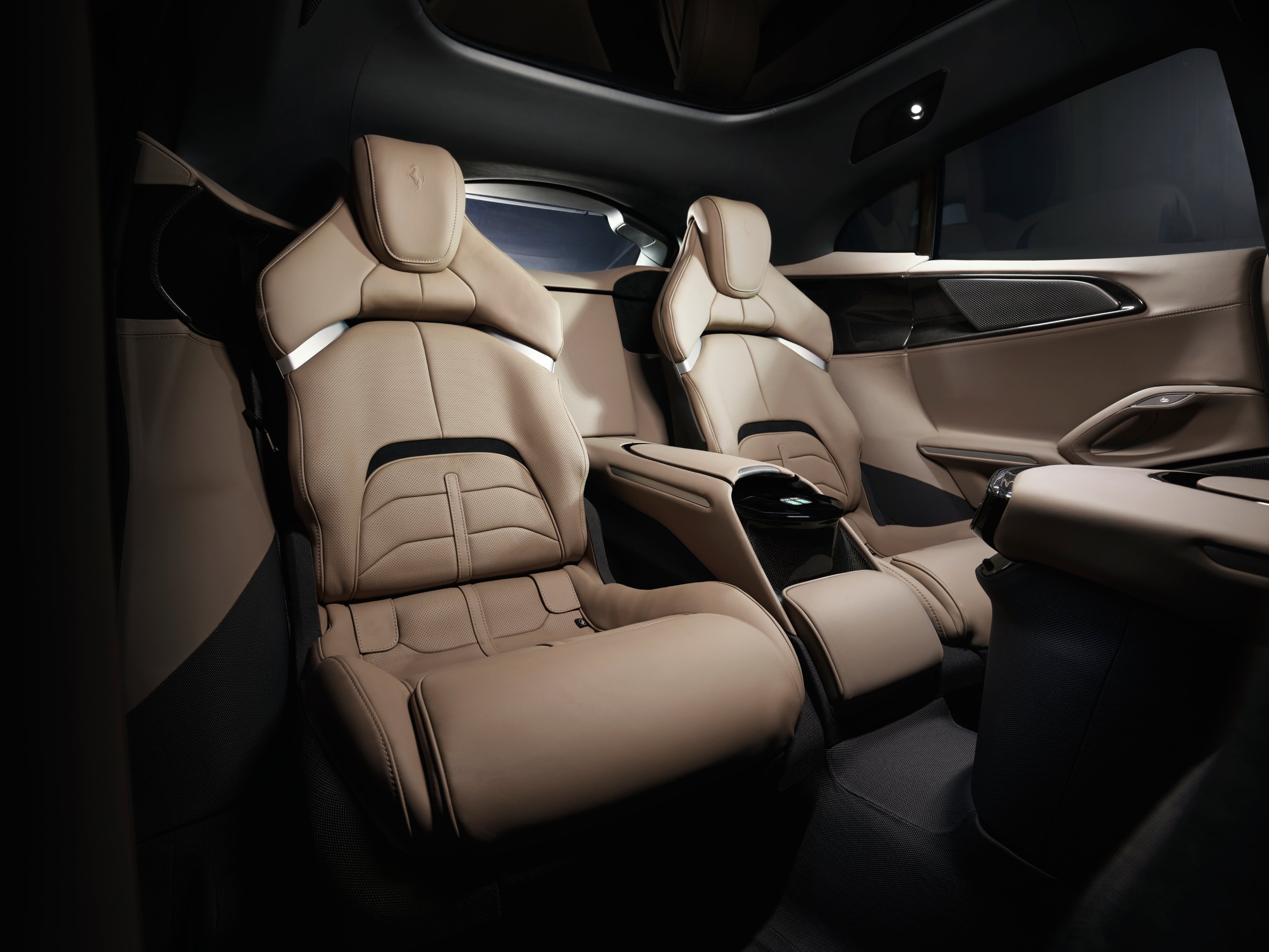
W*: Is the Purosangue a car you can use every day?
FM: Of course. This is the Ferrari that was very much missing from our range. The practicality, the space – it’s very attractive. And it’s also a most beautiful driving experience, with space to share and enjoy it with your friends.
W*: What about the potential for personalisation?
FM: Our Tailor Made division can do anything – it specialises in working with materials that are not traditionally automotive.
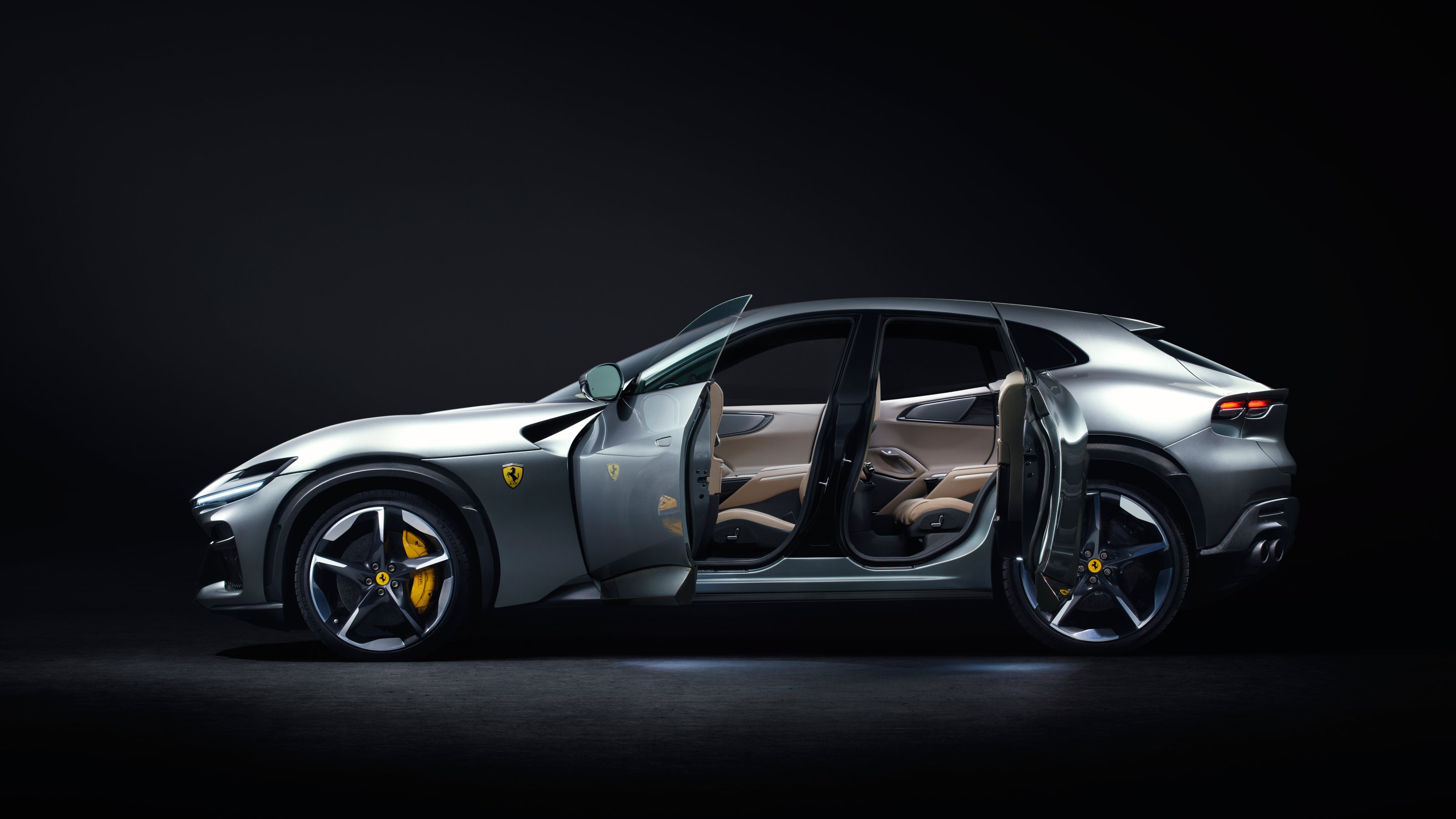
W*: Did the Ferrari Purosangue given you new design opportunities?
FM: One of the most exciting aspect [of this car] is the new function. With our Berlinettas we are guided by some existing patterns. Here, it was all new, so you can imagine the permutations. Every single line and surface has been refined and refined.
The Purosangue is not an SUV, as you can see, although it has some off-road ability, hill descent control and predictive four-wheel drive. Inside, we have used materials like a newly formulated Alcantara, derived from recycled polyester. In fact, 85 per cent of the launch trim for the car was sustainably produced. We also have this high-strength technical fabric used in military uniforms as an alternative to leather.
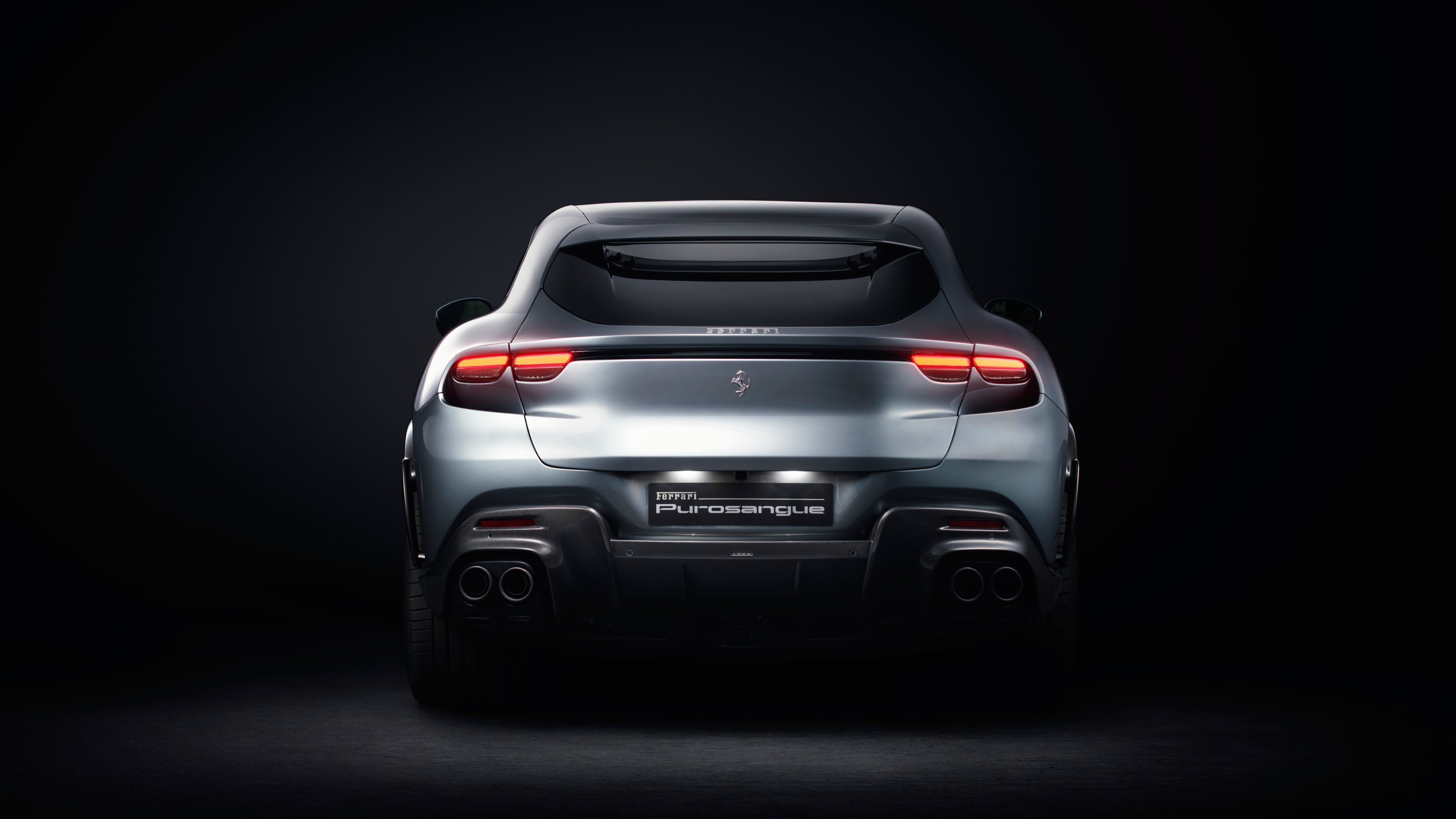
W*: How do you think it compares to the competition?
FM: The Purosangue is smaller than other cars in this theoretical segment. It’s not the typically boxy car you think of when you think of an SUV. It’s agile and athletic. There is a wow effect – when you open all the doors you are surprised by the roominess of the cars. That was one of the main objectives that my team and I had to meet.
W*: Will this car change Ferrari?
FM: No, because it will only account for 20 per cent of our production volume. Right now, it is aimed at current Ferrari owners. We’ll always produce one car less than demand. The Purosangue is the centre of gravity of the Ferrari range, the product that encapsulates the DNA of the brand.
Jonathan Bell has written for Wallpaper* magazine since 1999, covering everything from architecture and transport design to books, tech and graphic design. He is now the magazine’s Transport and Technology Editor. Jonathan has written and edited 15 books, including Concept Car Design, 21st Century House, and The New Modern House. He is also the host of Wallpaper’s first podcast.
-
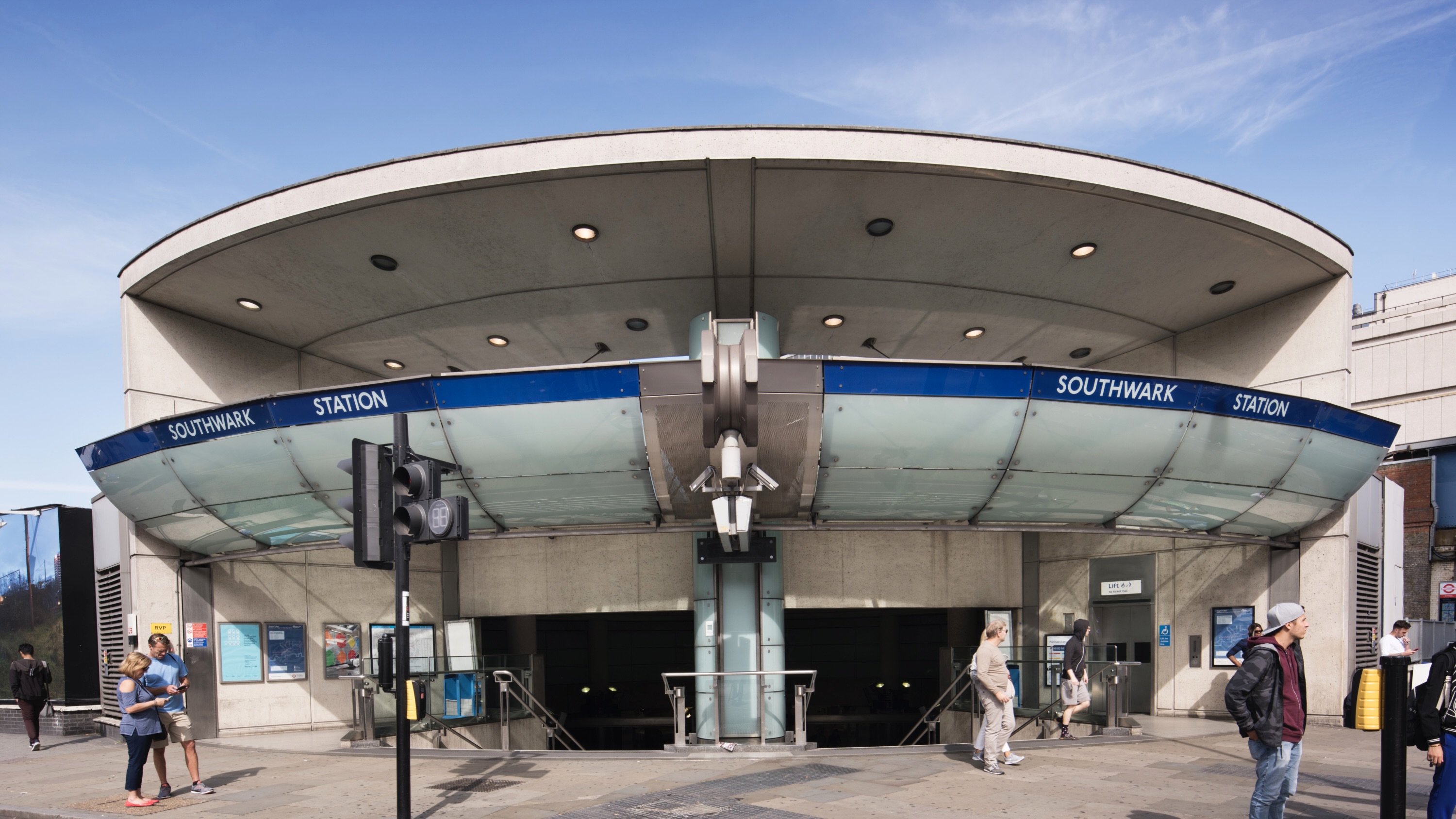 Futuristic-feeling Southwark Tube Station has been granted Grade II-listed status
Futuristic-feeling Southwark Tube Station has been granted Grade II-listed statusCelebrated as an iconic piece of late 20th-century design, the station has been added to England’s National Heritage List
-
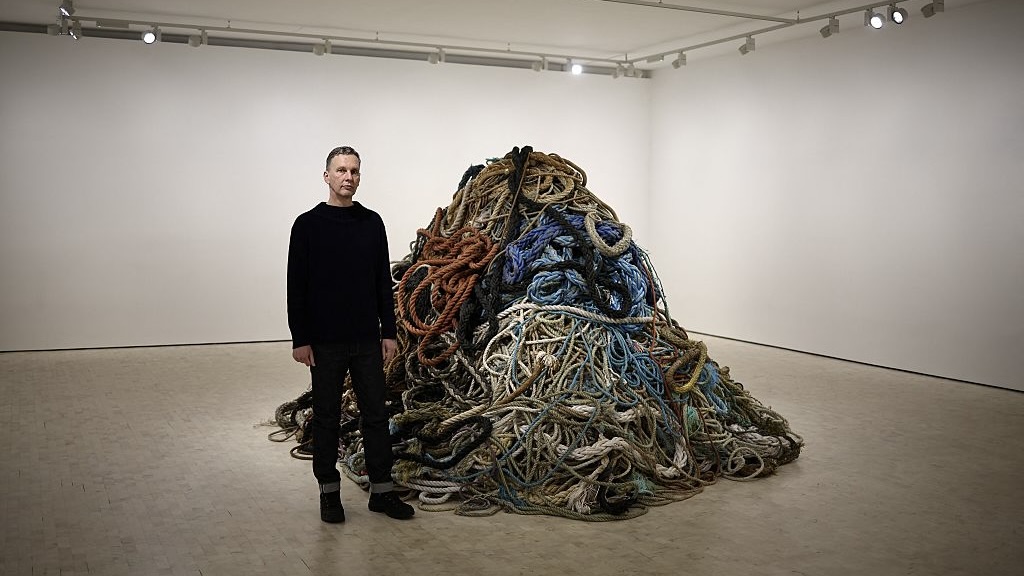 David Shrigley is quite literally asking for money for old rope (£1 million, to be precise)
David Shrigley is quite literally asking for money for old rope (£1 million, to be precise)The Turner Prize-nominated artist has filled a London gallery with ten tonnes of discarded rope, priced at £1 million, slyly questioning the arbitrariness of artistic value
-
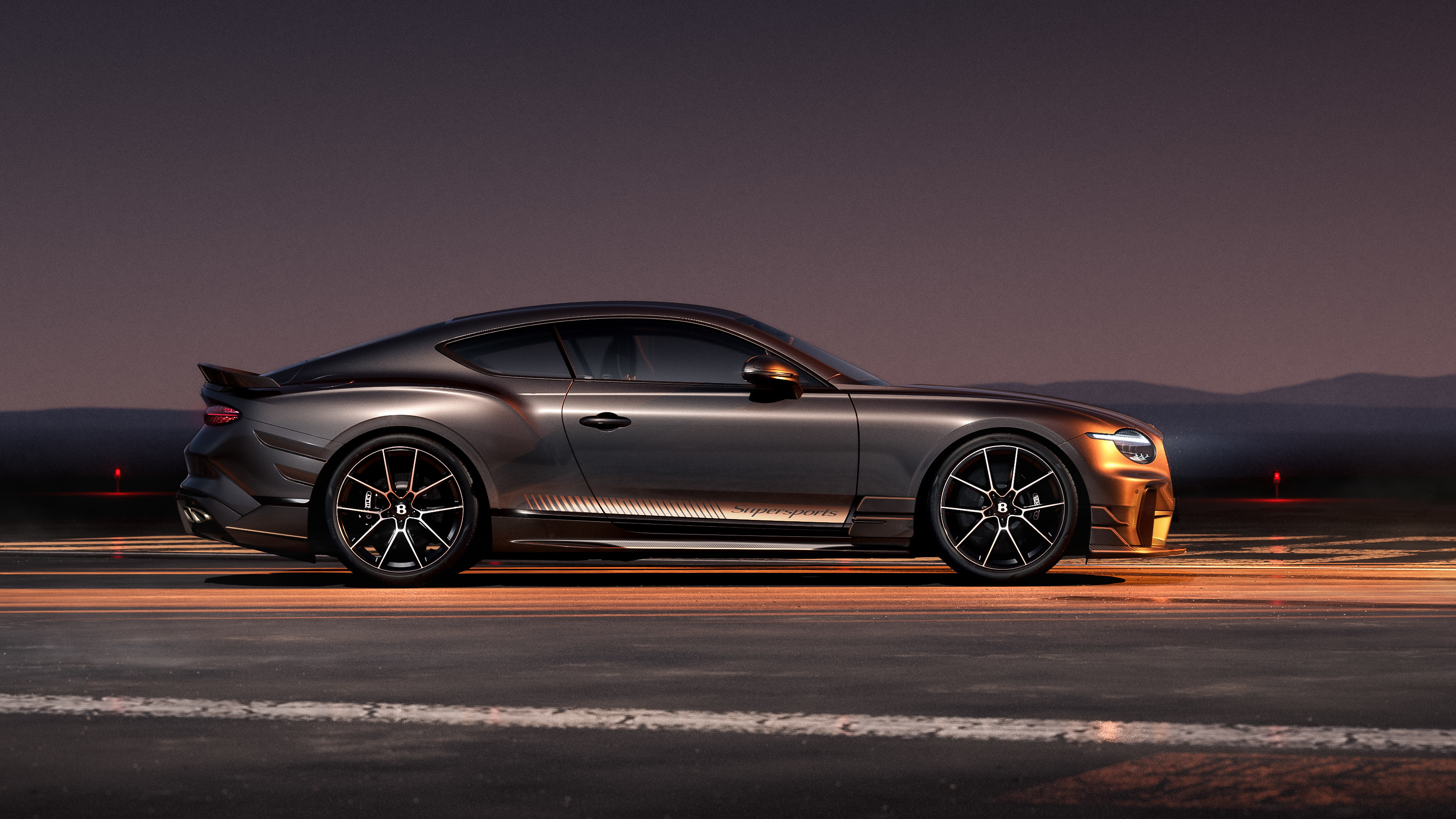 The new Bentley Supersports pares back the luxury to create a screaming two-seater
The new Bentley Supersports pares back the luxury to create a screaming two-seaterBentley redefines its iconic grand tourer with a lightweight performance variant that strips out the trim and the tech and adds in refined dynamics and more visual drama than ever before
-
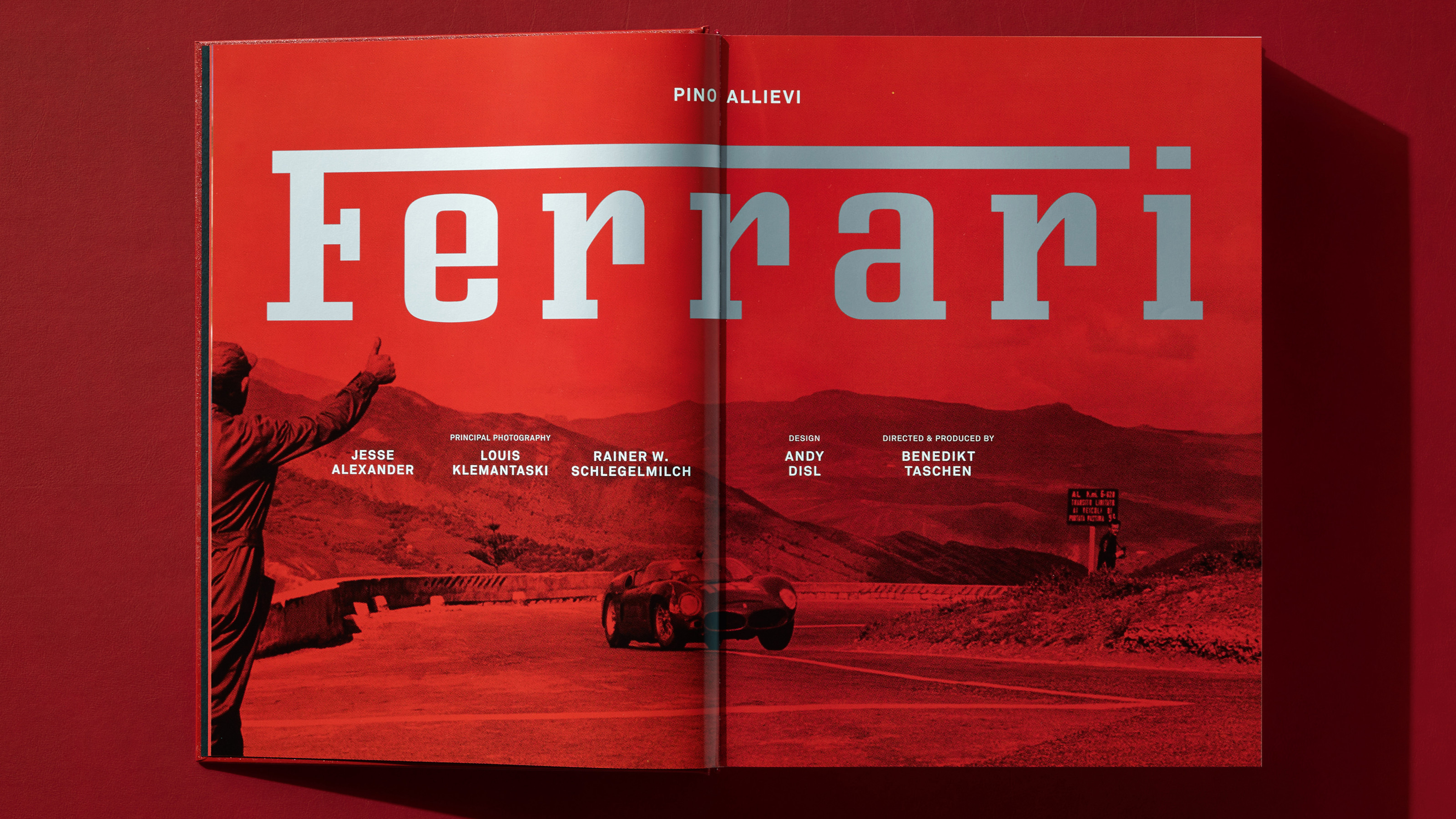 Taschen’s all-encompassing history of Ferrari is a mighty monograph for a mighty brand
Taschen’s all-encompassing history of Ferrari is a mighty monograph for a mighty brandAt nearly 700 pages, this new book from Taschen is the ultimate gift for the Ferrari fan in your life, spanning the brand’s history on road and track from inception through to the present day
-
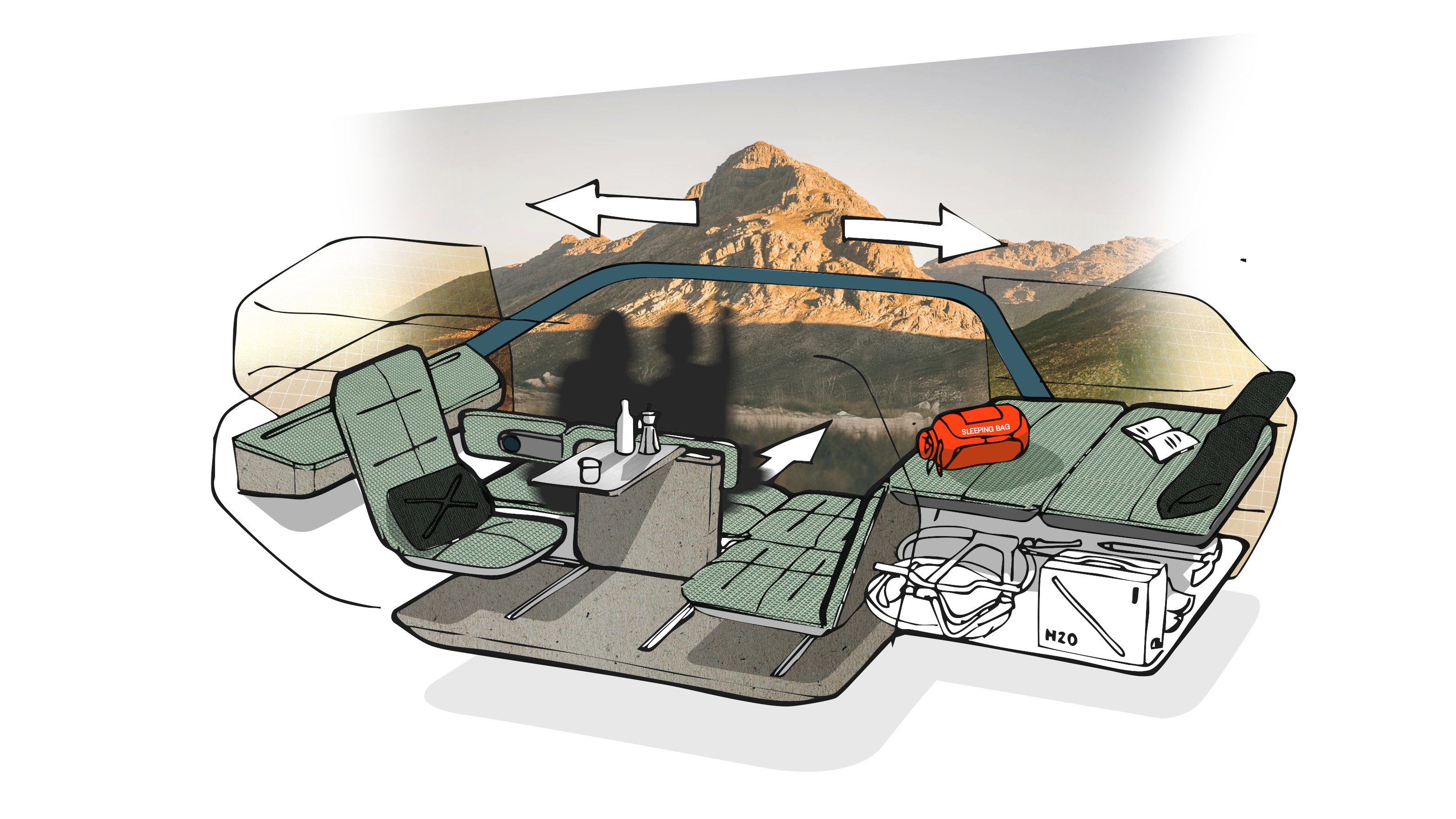 How will future car interiors take shape? London studio NewTerritory has a vision for automotive design
How will future car interiors take shape? London studio NewTerritory has a vision for automotive designDesign studio NewTerritory has set up a new automotive division to explore the future of car interiors. We interrogate the team
-
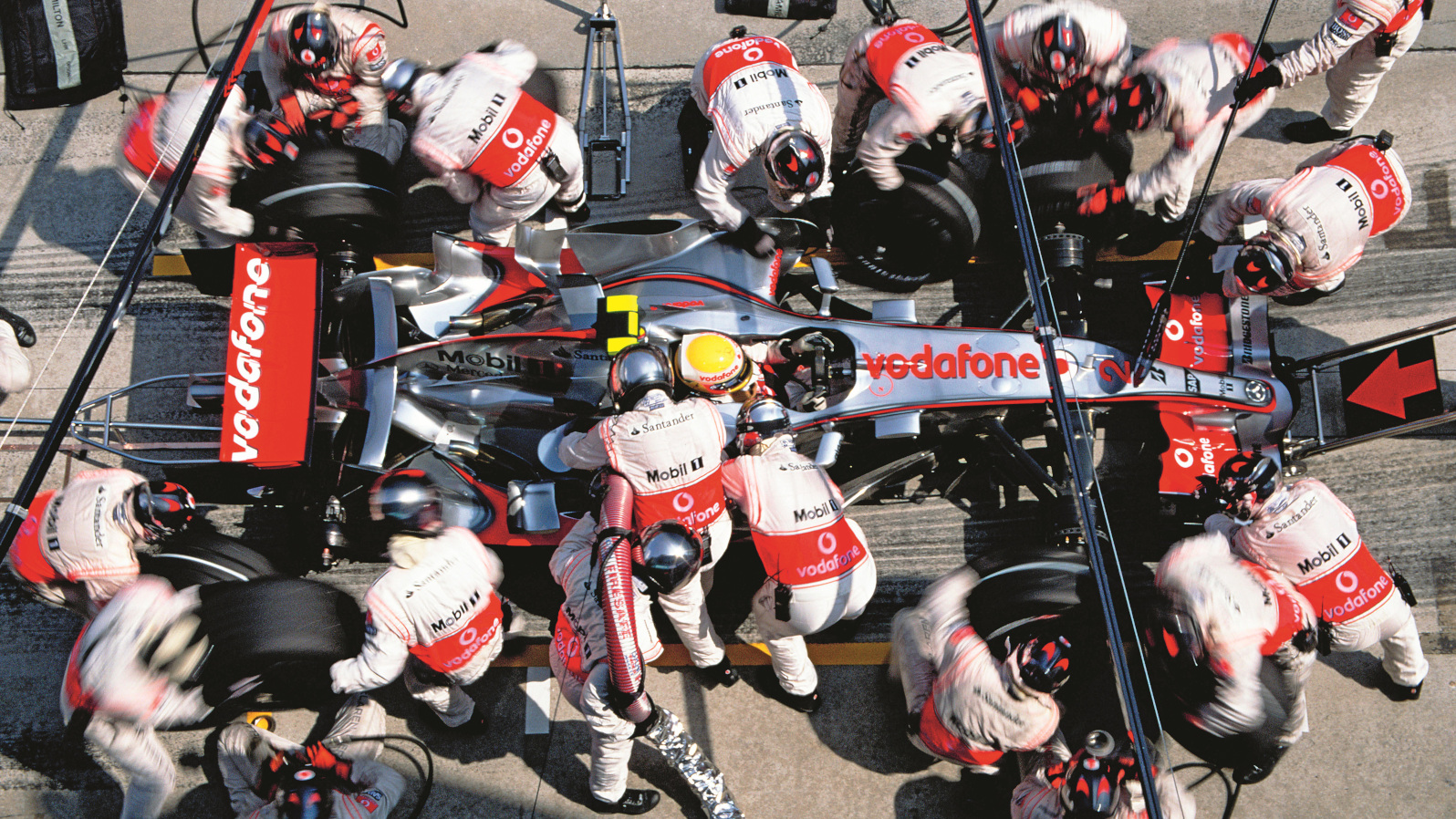 Formula 1 in photos: 100 memorable moments
Formula 1 in photos: 100 memorable momentsA new book, ‘Formula 1: The Impossible Collection’, marks 75 years of the motor-racing championship – a history full of tenacity, triumph and tragedy
-
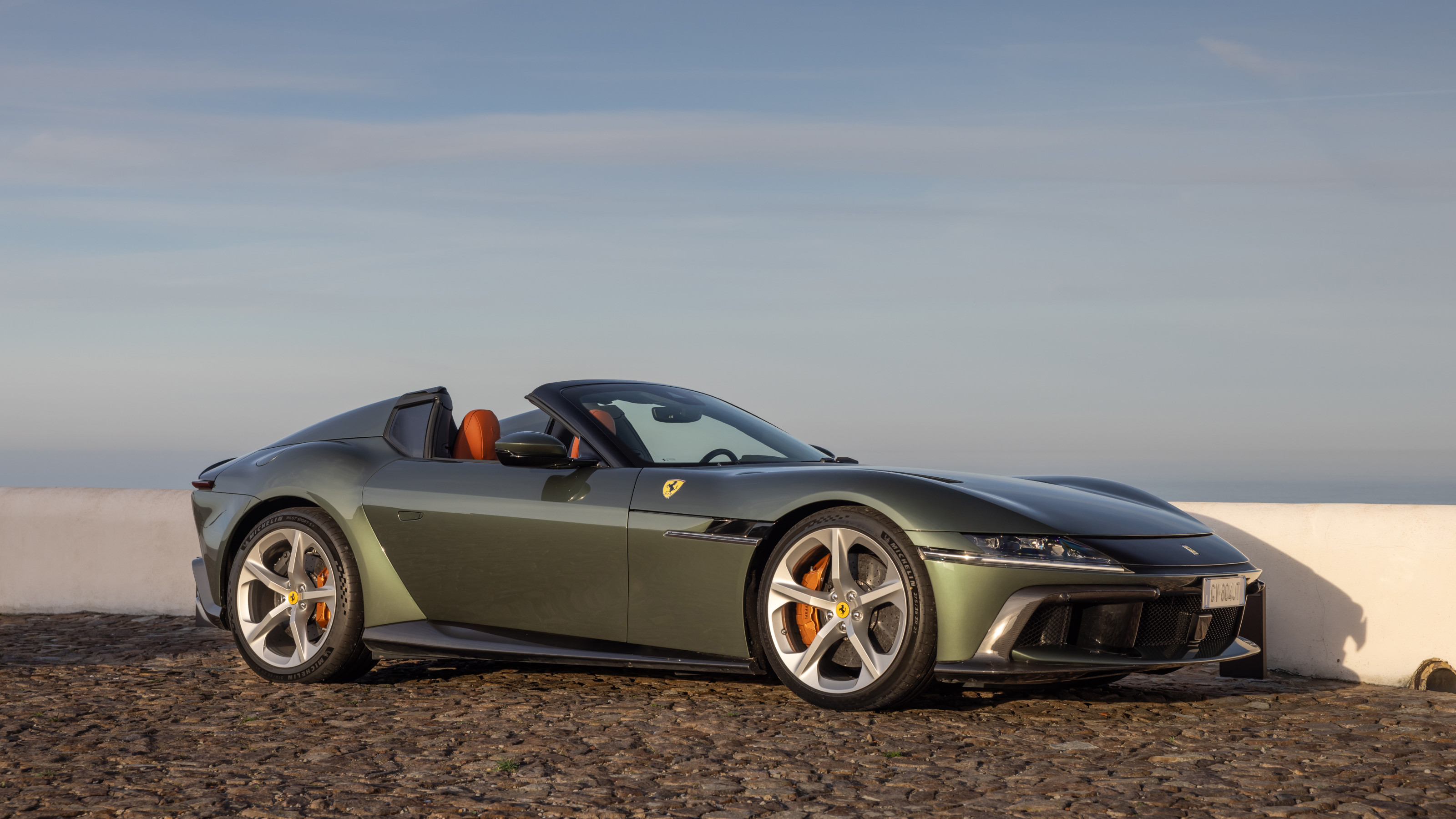 Ferrari drops the top on its mighty 12Cilindri super coupe to create the elegant Spider
Ferrari drops the top on its mighty 12Cilindri super coupe to create the elegant SpiderWe drive the new Ferrari 12Cilindri Spider, a last and glorious hurrah for the sound of the V12
-
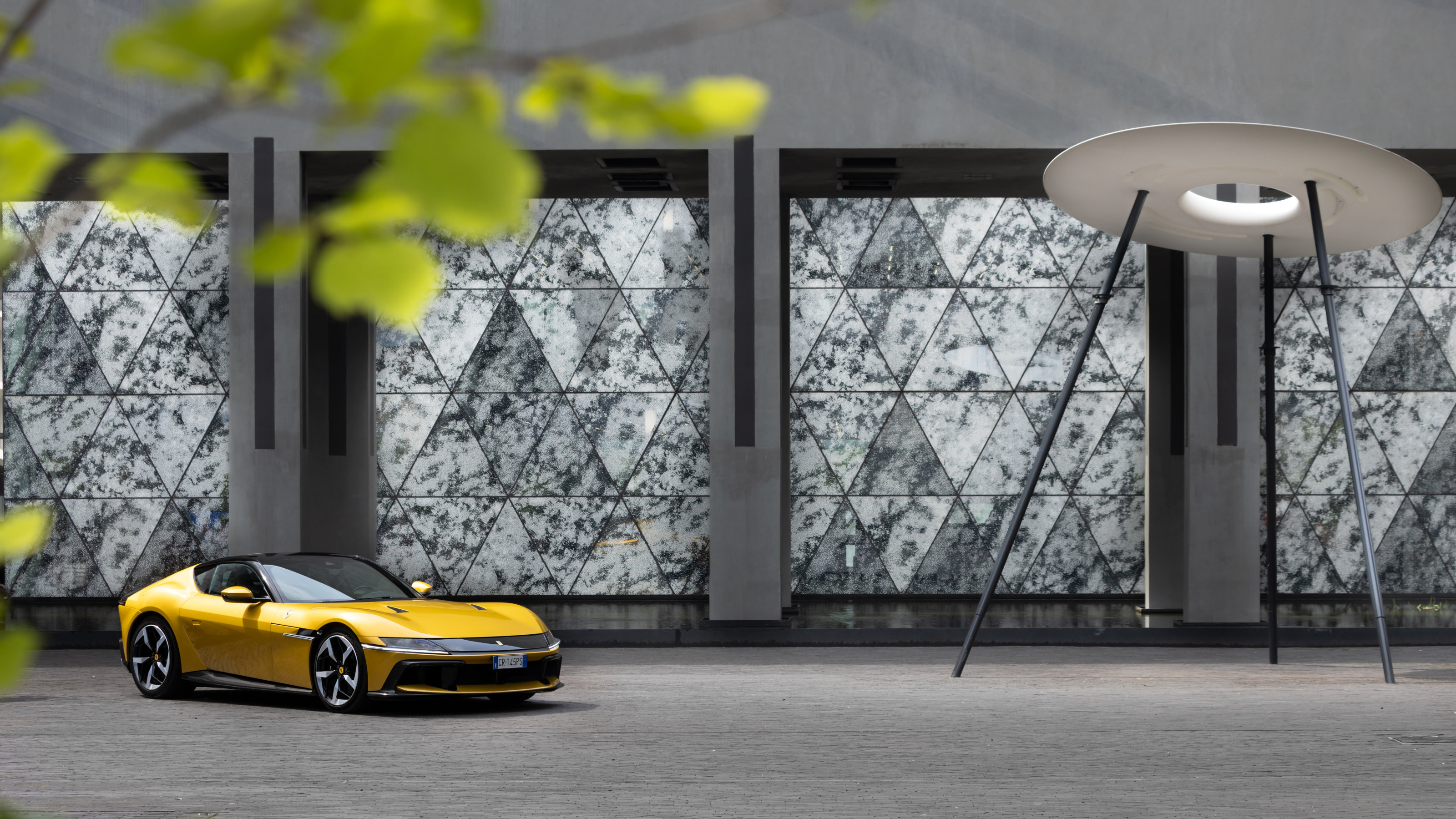 The Ferrari 12Cilindri is the ultimate expression of the marque’s greatest engine
The Ferrari 12Cilindri is the ultimate expression of the marque’s greatest engineWe sample Ferrari's latest, the mighty front-engined grand tourer that bears a simple descriptive name, 12Cilindri
-
 The Ferrari F80 continues the company's tradition of using supercars to showcase tech
The Ferrari F80 continues the company's tradition of using supercars to showcase techJust 799 examples of Ferrari’s ferociously complex and high-tech styled F80 will be made, helping give shape to the sports cars of tomorrow
-
 A 90s icon of Italian sports car design is reborn as the Veloce12 by Touring Superleggera
A 90s icon of Italian sports car design is reborn as the Veloce12 by Touring SuperleggeraCarrozzeria Touring Superleggera have transformed the Ferrari 550 Maranello into an all-analogue, carbon-bodied GT for the modern era
-
 Meet two new Maserati MC20 supercars, the Leggenda and the Icona
Meet two new Maserati MC20 supercars, the Leggenda and the IconaThese Maserati MC20 special editions honour the company’s racing heritage and the 20th anniversary of the Maserati MC12 hypercar